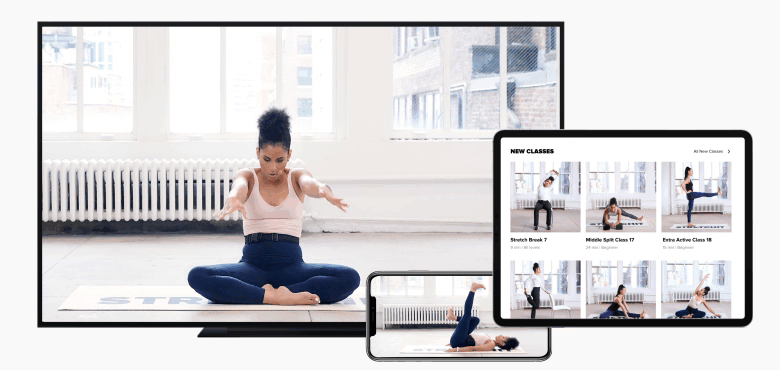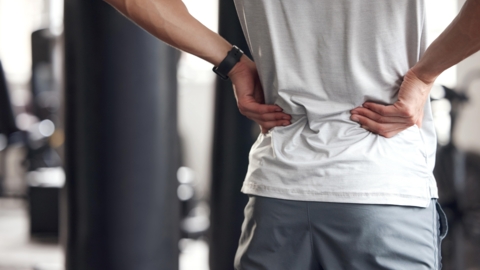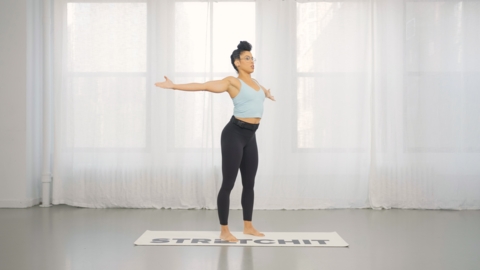Tech-Neck: What Science Really Says - And How to Reverse It

Your head weighs around 10–12 pounds (4.5–5.5 kg). In a neutral, aligned position - ears stacked over shoulders - your spine carries that weight efficiently. But when the head shifts forward, even slightly, the pressure increases dramatically.
According to Kenneth K. Hansraj, MD, every inch (2.5 cm) of forward head posture adds about 10 pounds of force to the cervical spine. That means just a 3 cm shift can triple the load your neck has to support. (Source: Surgical Technology International)
Strength, Endurance, and Neck Pain: What the Research Shows
People with forward head posture often experience more than just neck tension - it can lead to weakened postural muscles, reduced endurance, and even ongoing pain.
Several studies have shown:
- The deep muscles in the neck - which help support and stabilize the head - tire more quickly in people with poor posture.
- The upper back muscles, especially the trapezius, tend to become thinner and weaker over time.
- This often translates into chronic discomfort, tension, and a higher chance of developing long-term neck pain or movement issues.
In one study, women with chronic neck pain and forward head posture who did targeted postural exercises saw real improvements in both muscle endurance and muscle thickness - meaning these kinds of exercises don’t just feel good, they actually work to rebuild strength. . (Source: BMC Musculoskeletal Disorders, 2025)
Other research has linked forward head posture with:
- Changes in how the neck and upper back muscles fire during movement
- Less effective balance and coordination
- Limited breathing efficiency due to a compressed ribcage
So when your head is out of alignment, it doesn’t just feel off - it can throw off how your body moves, stabilizes, and breathes.
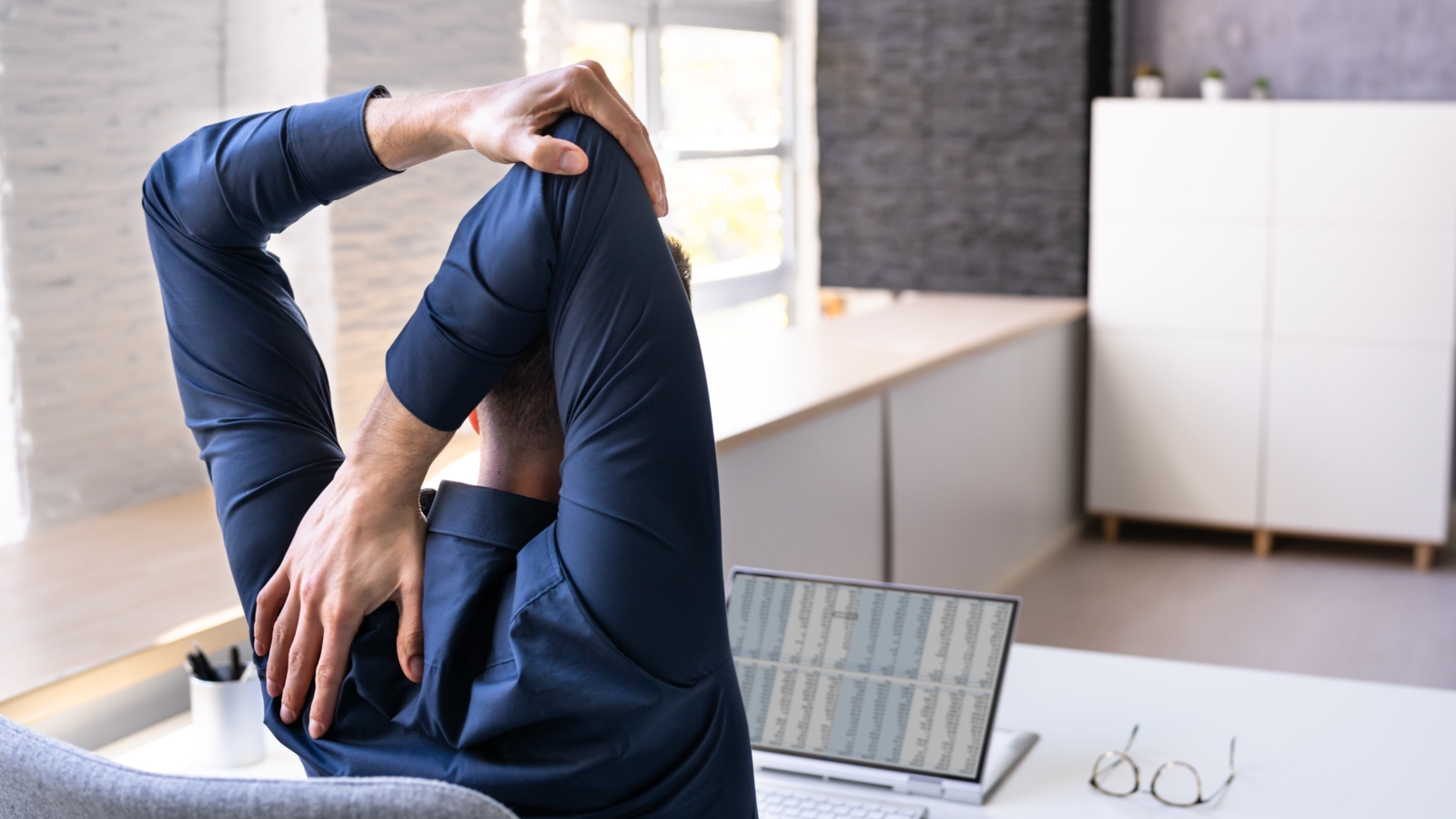
Unconscious Habit to Awareness
One of the most powerful tools in reversing tech-neck is awareness. We often fall into forward head posture without realizing it - while working, texting, or even standing in line. Bringing attention to your alignment is the first step in change.
Ask yourself:
- Are your ears aligned over your shoulders right now?
- Is your chin jutting forward?
- Do you feel tightness at the base of your skull or upper back?
Start scanning your posture regularly - at your desk, in the car, or holding your phone.
Corrective Exercises for Tech-Neck
These research-informed exercises help retrain your body, strengthen postural muscles, and restore alignment. They’re simple, effective, and require no equipment.
1. Seated Chin Retraction + Arm Press
Sit upright with feet flat on the floor. Clasp your hands and extend your arms forward, palms facing out. Gently retract your chin straight back (as if making a double chin). Maintain this head position while pressing your arms forward. Hold for 30–60 seconds, repeat 2–3 times.
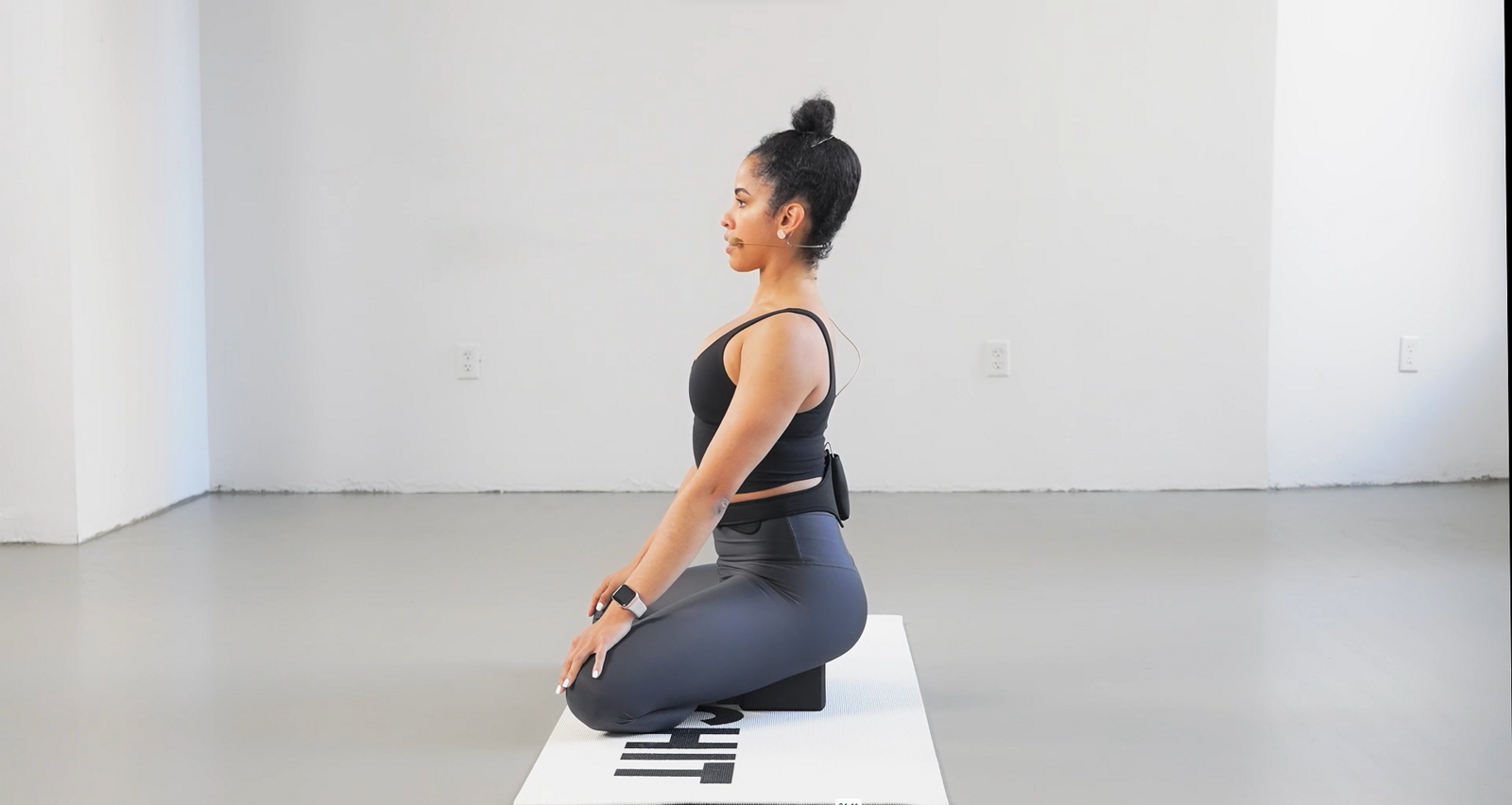
2. Wall Retraction Hold
Stand against a wall, feet hip-width apart, back of your head (crown) lightly touching the wall. Retract your chin and gently press the back of your head into the wall. Avoid lifting your chin - keep the neck long. Hold for 2 minutes while breathing slowly.
3. Prone Retraction (Lying Down)
Lie face down with your forehead resting on the mat or a folded towel. Lift your head slightly off the ground while keeping it parallel to the floor. Retract the chin and hold for 30 seconds. Repeat 4 rounds, resting between sets.
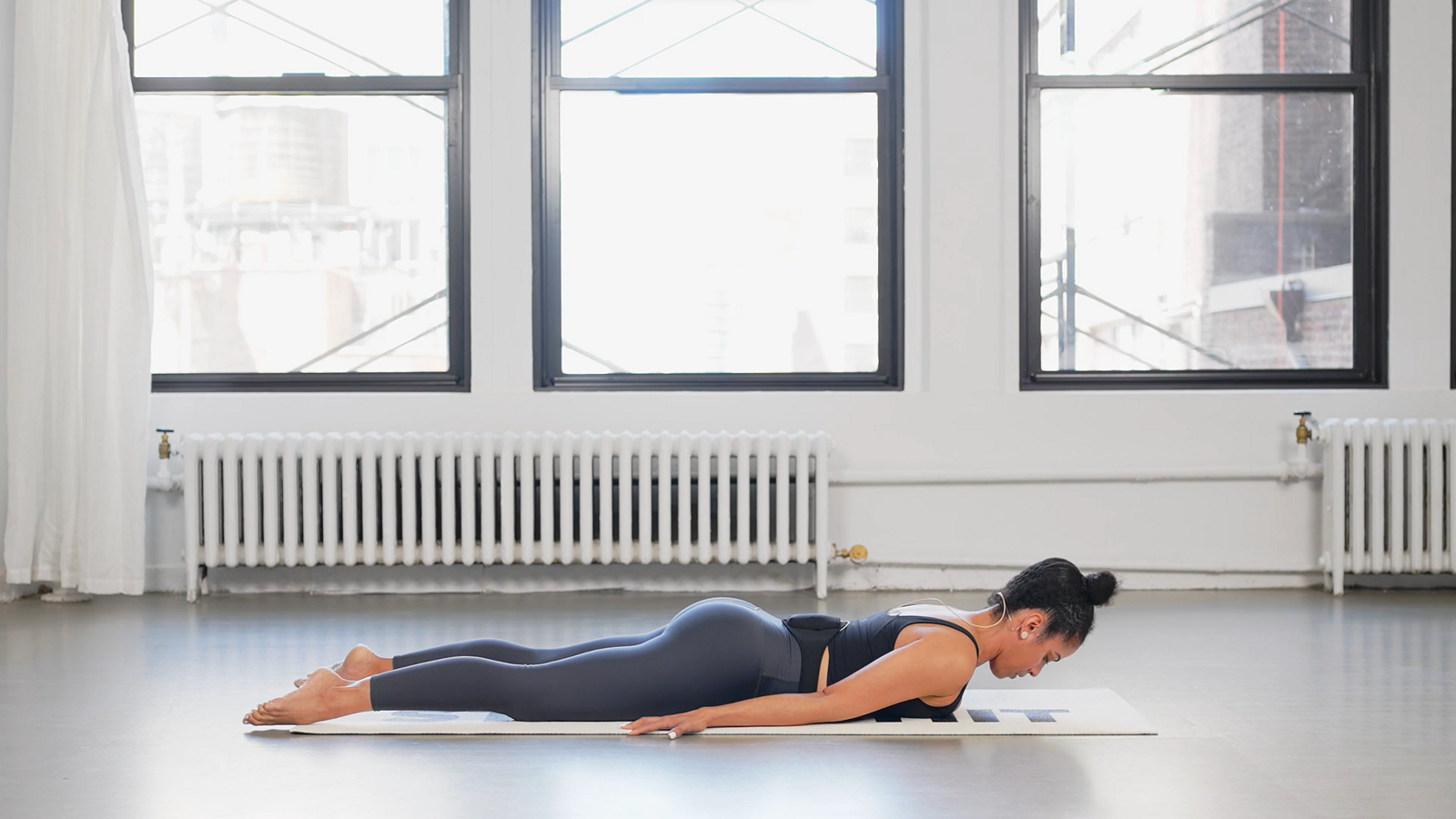
4. Posture Check with Breathwork
Sit or stand tall. Retract your chin and maintain alignment. Inhale deeply through your nose, expanding your ribs. Exhale slowly and fully. Repeat for 1–2 minutes, staying mindful of head and spine position.
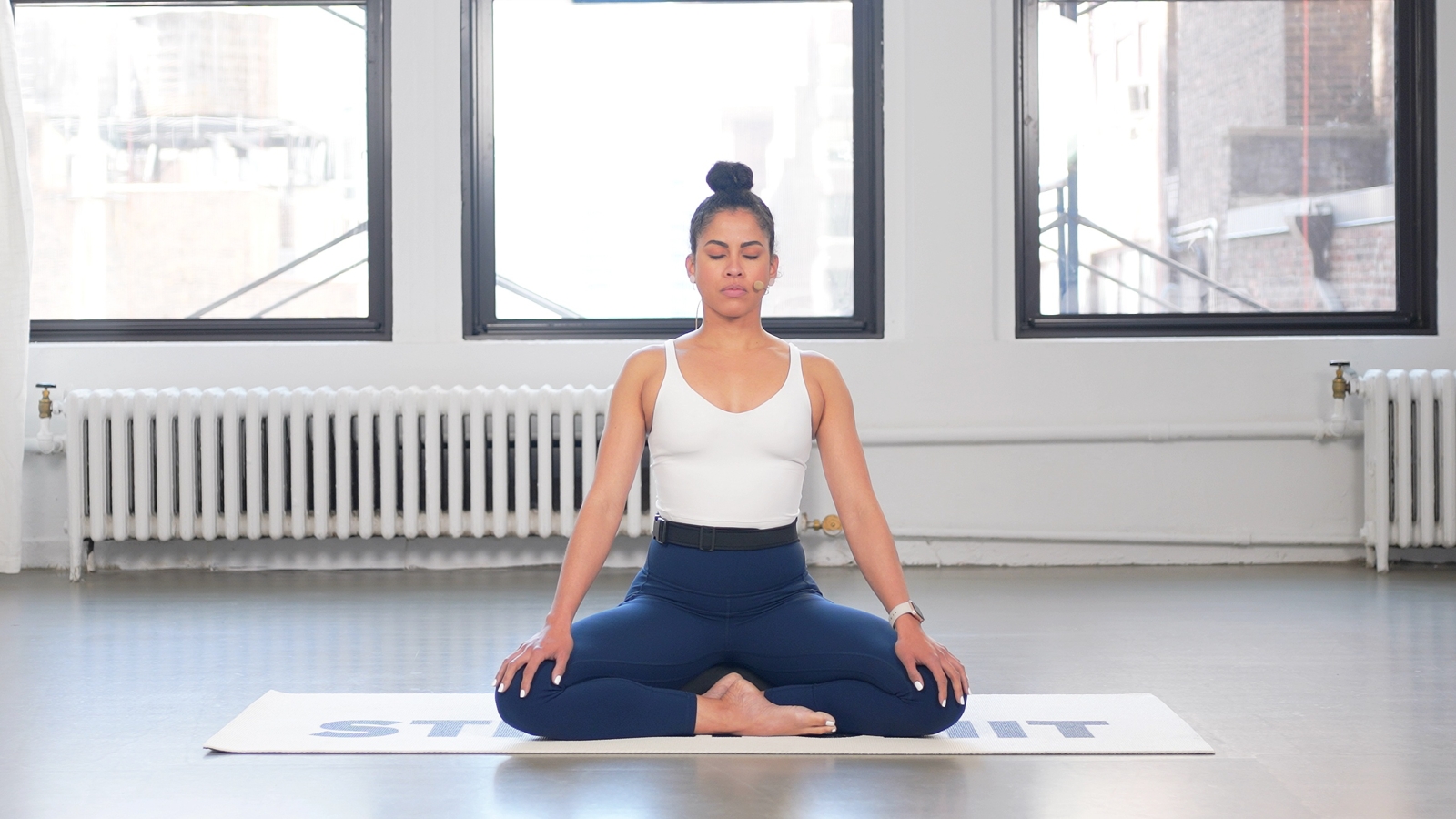
Everyday Tech-Neck Prevention Tips
Small daily changes add up:
- Raise your screen to eye level.
- Bring your phone up instead of looking down.
- Take hourly movement breaks.
- Set posture reminders on your phone or watch.
- Use a rolled towel behind your mid-back while sitting for better thoracic support.
Final Thoughts
Tech-neck may be fueled by modern habits, but it’s completely reversible with attention and consistent movement. The more you understand how your body responds to posture - and what you can do about it - the more empowered you are to feel better, move better, and prevent long-term strain.
Want help building posture-friendly habits?
The STRETCHIT app offers expert-led classes that target neck, shoulder, and spine mobility. Whether you’re looking to unwind after a long workday or build strength for daily alignment, we’ve got you covered.
Start your reset at stretchitapp.com
Resources:
Beers, A. N., T. J. O'Connor, C. M. Tansey, and A. Jones. 2014. "The Effect of Forward Head Posture on Muscle Activity during Neck Flexion." Surgical Technology International 25: 278–283. https://pubmed.ncbi.nlm.nih.gov/25393825/.
Smith, John A., and Hannah R. Lee. 2025. "Title of the Study Goes Here." BMC Musculoskeletal Disorders 26: Article 87. https://bmcmusculoskeletdisord.biomedcentral.com/articles/10.1186/s12891-025-08705-w.

